祝贺郑卫锋同学顺利通过博士论文答辩 | DBA捷报
发布时间:2021-08-03 14:10
企业家学者项目(DBA)以成就新商业文明思想者和引领者为愿景,打造极具前沿性和系统性课程。以框架模块、聚焦模块、专题研究+实践课堂这三大核心为课程主轴,整合全球优质教育资源。课程涵盖2大金融主题与4大微观主题,探索6大宏观方向,定制化行业专题,走访行业内领军企业。旨在帮助同学实现“理解 - 判断 - 实践 - 引领”的跨越式发展与提升,成为新商业文明的先行者。郑卫锋同学经过完整的体系化学习与研究,迈进了探索真知的新格局和新高度。
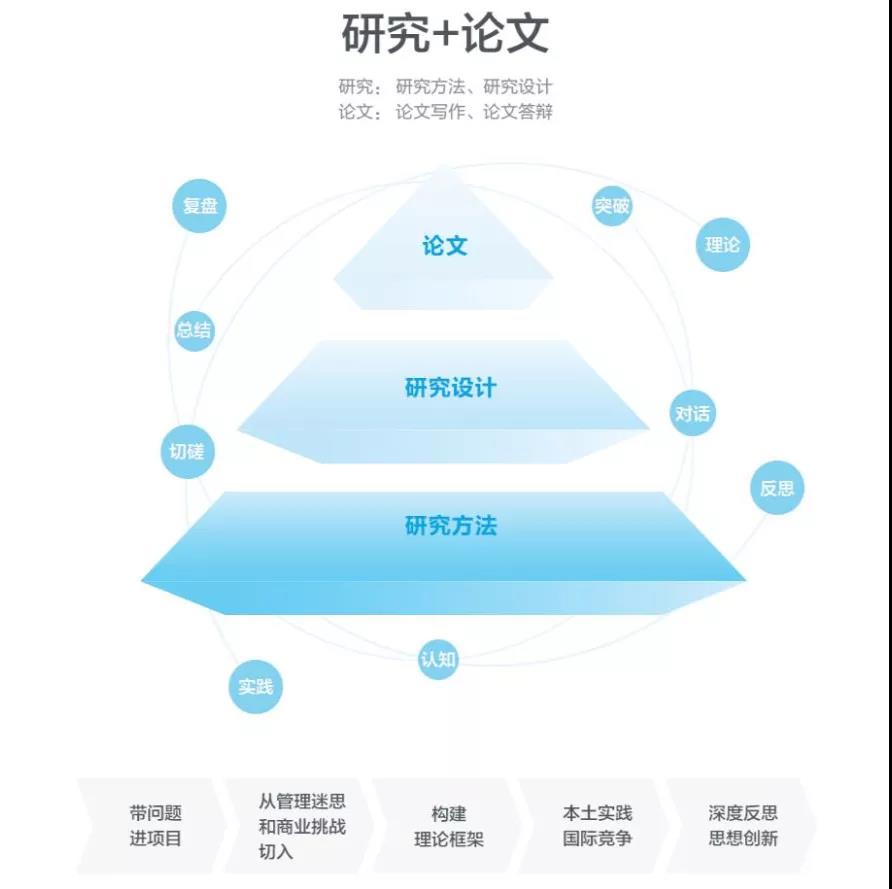
学术见证
本次论文答辩,来自长江商学院和新加坡管理大学(SMU)的教授们共同见证了郑卫锋同学的学术成果。
GENG Xuesong
Associate Professor of Strategic Management,SMU
LIAO Jianwen
Professor of Strategy,CKGSB
Dan MA
Associate Professor of Information Systems,SMU
思想之舞
郑卫锋 | 全局拐点论:智能机器人企业创新管理及其演进研究
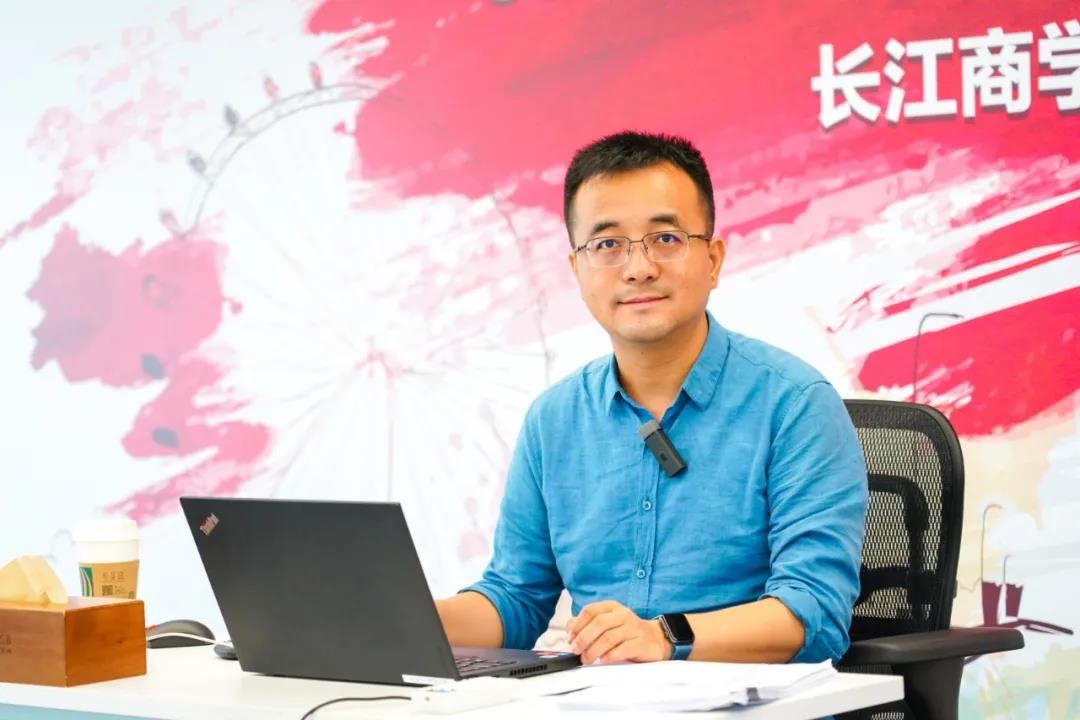
郑卫锋同学答辩中
▇ 论文摘要:
智能机器人产业是AI技术与传统机器人融合的产物,智能机器人指是以场景为依托,通过AI技术让机器人能够适应未知的环境,并以实现与之交互为目标的产品及服务。所有参与研发智能机器人产品/服务的所有相关组织都属于智能机器人产业。
从对创新管理、智能机器人的相关文献综述看,鲜有学者对智能机器人产业的发展路径及内在机理进行研究。想要深入探索智能机器人企业的发展趋势、产业生命周期特征、组织发展驱动演变因素及相关运营和管理,首先需要从创新管理入手,这是因为AI技术创新才使得智能机器人产业诞生。本文研究着眼于当下具体的微观企业、中观现象、宏观系统,采用文献综述、案例分析和问卷访谈等研究方法,针对企业的创新管理路径进行抽丝剥茧的研究。
本文聚焦产业链下游的TO C/B应用产品层企业,从技术管理理论、创新管理理论等视角出发,在AI技术范式创新的总体框架上,研究臻迪以及类似臻迪的智能机器人企业,在产业从初创期到成熟期发展过程中的创新管理路径,并得到以下结论:1)智能机器人企业创新管理的第一性原理是,实现从技术创新到产品创新的“有效”转化。只有将AI技术创新优势转化成“用户愿意买单”的产品创新优势,在转化效率上明显优于竞争对手,才不会在范式创新的“泡沫破灭”阶段被淘汰。2)推动实现从技术创新到产品创新的“有效”转化,本质是围绕技术创新管理、产品创新管理,以及整合组织内外部资源创新的一套创新管理组合拳。3)结合范式创新的爆发阶段和狂热阶段,智能机器人企业必须遵循产品创新的“痛点”、“跨界”、“站在巨人的肩膀上”三原则和“痛点”、“刚需”的五原则逻辑。3)智能机器人“硬”+“软”DNA特质,导致技术创新管理必须解决“硬”与“软”的基因冲突,在融合过程中采用全局观思维,通过流程再造,推动组织内部资源有效整合、提升组织内部技术创新效率。4)组织内部技术创新路径整体上呈现出“总-分-合”的趋势,外部技术创新则需找准机会窗口,在内部技术创新现出模块整合,或在技术范式创新进入到协同阶段时,再选择外部资源创新,进行组织外部的工程化技术创新。5)智能机器人产业成熟的根本是对“软”实力的比拼,因此不同于传统的电子制造业,“比人更智能”将取代“主导设计”,成为智能机器人细分产业成熟的标志,而“比人更智能”也是企业创新管理的终极目标。6)一旦AI技术在某个细分产业完成了从技术到大众的“破圈”转变,且对“在XX场景下,你是否觉得机器人产品/服务可以替代人?”这一终极问题的回答,答案是肯定,则标志着产业成熟的“拐点”到来。
本研究可能存在的理论贡献包括以下四方面:第一、建立起以范式创新周期框架为切入点的创新管理研究视角。第二、在众多创新管理的领域和分支中,聚焦技术创新、产品创新和技术创新,强调了创新管理的第一性原理是实现产品创新转化的“有效性”。第三、首创性提出智能机器人创新管理的全局思维,点明了智能机器人存在“硬”+“软”的DNA冲突,为相关智能机器人研究提出了一条新的思考方向。第四、指出智能机器人在技术创新、产品创新、甚至是产业发展路径上存在“拐点”现象,即只有比人更智能,才能解决所有经济学、管理学的核心问题——效率问题。
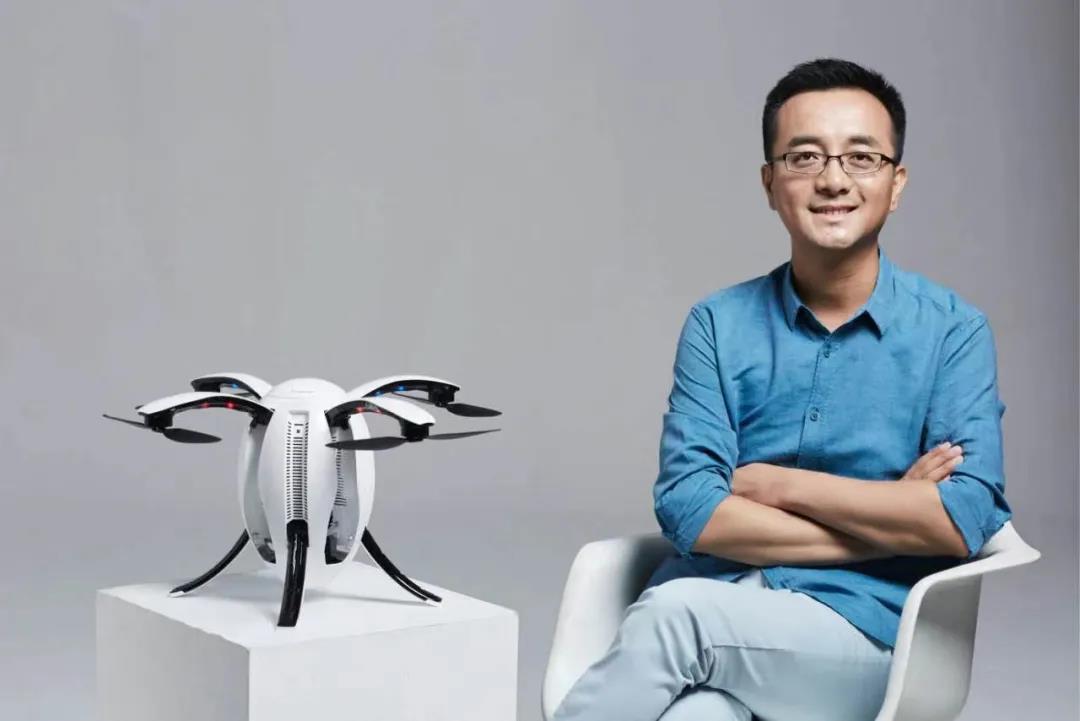
▇ ABSTRACT:
The AI-based robot industry is a product of AI technology combined with traditional robotics. AI-based robots refer to robot products and services that adapt to unknown environments and achieve the goal of interacting with them under the help of AI technology in different scenarios. All organizations involved in the research and development of AI-based robot products/services are players in the AI-based robot industry.
From the literature review on innovation management and AI-based robots, few scholars have studied the development path and internal mechanism of the AI-based robot industry. To deeply explore the development trend, life cycle characteristics, organizational development drivenand evolving factors, and operations and management of this industry, the starting point should be innovation management, because it is AI technology innovation thatmakes the emergence of AI-based robot industry a reality. Focusing on the current specific micro-enterprises, meso-phenomena, and macro-systems, this paper studies the innovation management paths of enterprises in detail usingresearch methods including literature review, case analysis, and questionnaire interview.
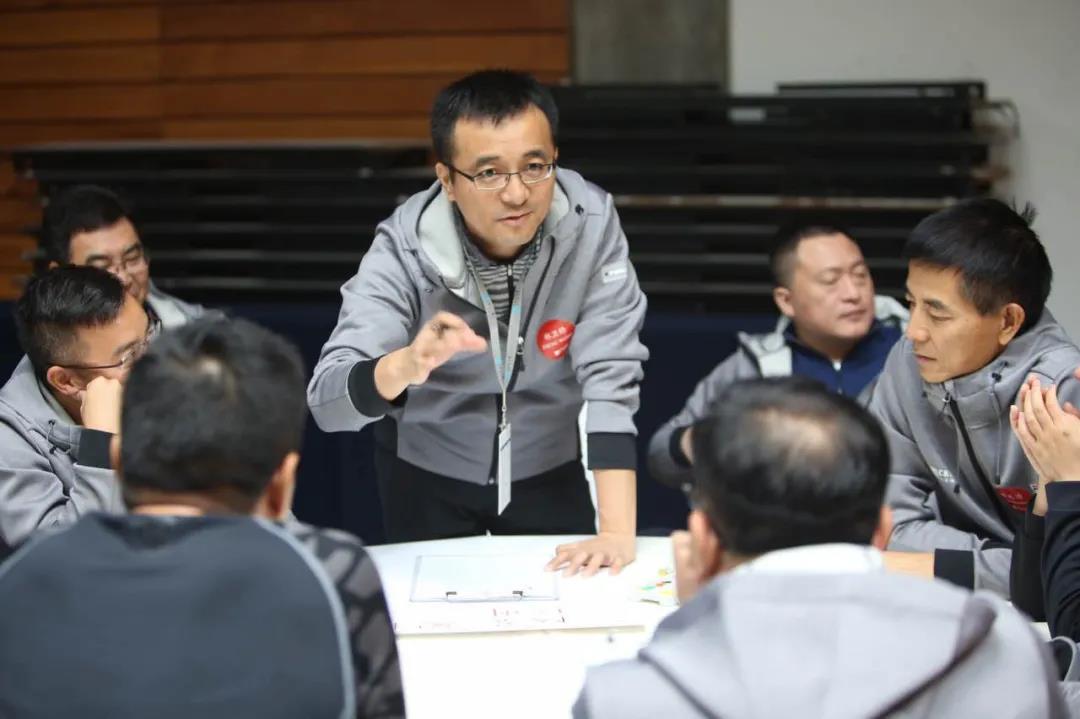
郑卫锋同学在DBA
This paper focuses on the TO C/B application product enterprises in the downstream of the industry chain and studies the innovation management paths of Power Vision and similar AI-based robot enterprises from the initial stage to the mature stage of the industry from the perspectives of technology management theory and innovation management theory and under the overall framework of AI technology paradigm innovation, and the following conclusions are drawn:1) The first principle of innovation management of AI-based robot enterprises is the“effective” transformation from technological innovation to product innovation. Only by transforming the advantages of AI technology innovation into the product innovation advantages of “users’willingness to pay” and being significantly superiorover competitors in transformation efficiency, will enterprises avoid being eliminated in the "bubble burst" stage of paradigm innovation. 2) To promote "effective" transformation from technological innovation to product innovation is essentially is a set of innovation management combinations focused on technological innovation management, product innovation management, and integration of internal and external resource innovation. 3) During the explosive and enthusiastic phases of paradigm innovation, AI-based robot enterprises must follow the three principles of product innovation, namely"pain points", "cross-border", and "standing on the shoulders of giants", and five principles of"pain points" and "rigid demand". 4) The "hard" + "soft" DNA of AI-based robots includesa genetic conflict that must be solved in technological innovation management. Global thinking and process re-engineering are needed in the process of combining “hard” + “soft” DNAto promote effective integration of internal resources and improve the efficiency of internal technological innovation in the organization. 5) The internal technological innovation path of the organization generally shows a trend of “unity-division-combination”, while external technological innovation needs a right window of opportunity which could be modular integration emerging from internal technological innovation or the collaborative stage of technological paradigm innovation when external resource innovation can be selected forexternal engineering technology innovation. 6) The maturity of the AI-based robots industry is fundamentally marked by the competition of “soft” power. Therefore, unlike the traditional electronic manufacturing industry, “more intelligent than human” will replace “dominant design” to be a symbol of maturity of AI-based robot industry segmentation, and it is also the ultimate goal of enterprise innovation management. 7) Once AI technology has completed the “breakthrough"transformation from a given industry segment to the public and the answer to the ultimate question that “Do you think robot products/services will replace human in the XX scenario” is yes, the “inflection point” of industrial maturity is realistic.
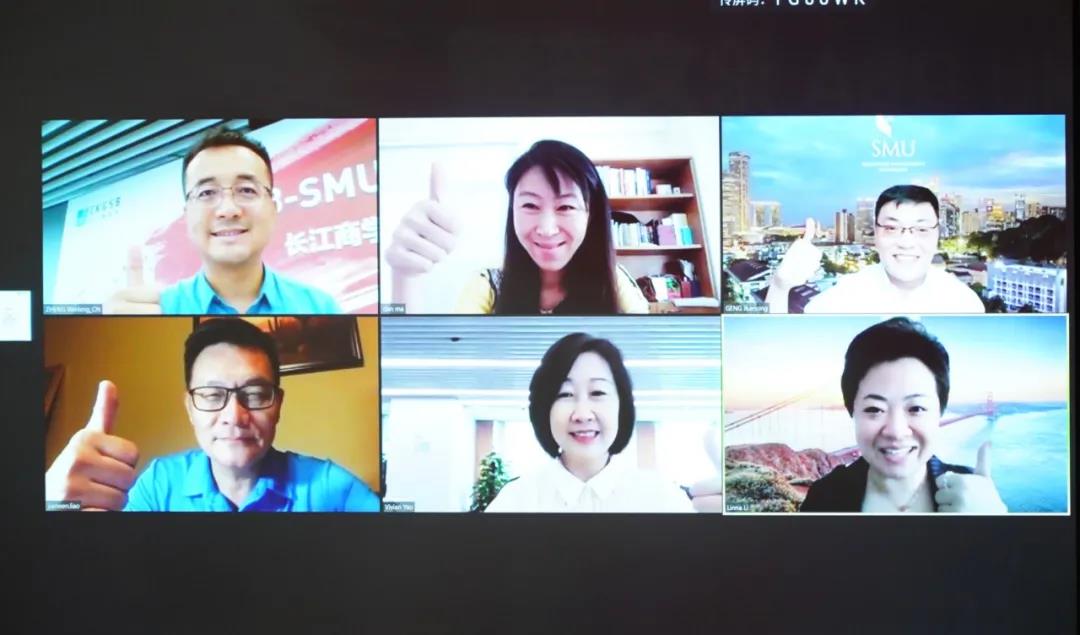
This research is likely to make the following four theoretical contributions: Firstly, it will establish an innovation management research perspective that takes the paradigm innovation cycle framework as the starting point. Secondly, it focuses on technological innovation, productinnovation and technological innovation amida variety of innovation management fields and branches, and emphasizes that the first principle of innovation management is the “effectiveness” of transformation to product innovation. Thirdly, it is the first research to propose global thinking in AI-based robot innovation management and indicates the conflict of “hard” + “soft” DNA in AI-based robots, which identifies a new direction of thinking for related AI-based robot research. Fourthly, it indicatesthe “inflection point” of technological innovation, product innovation, and even development path of the AI-based robot industry, and the inflection point is that only robots that are more intelligent than human can solve the core problem of economics and management - efficiency.
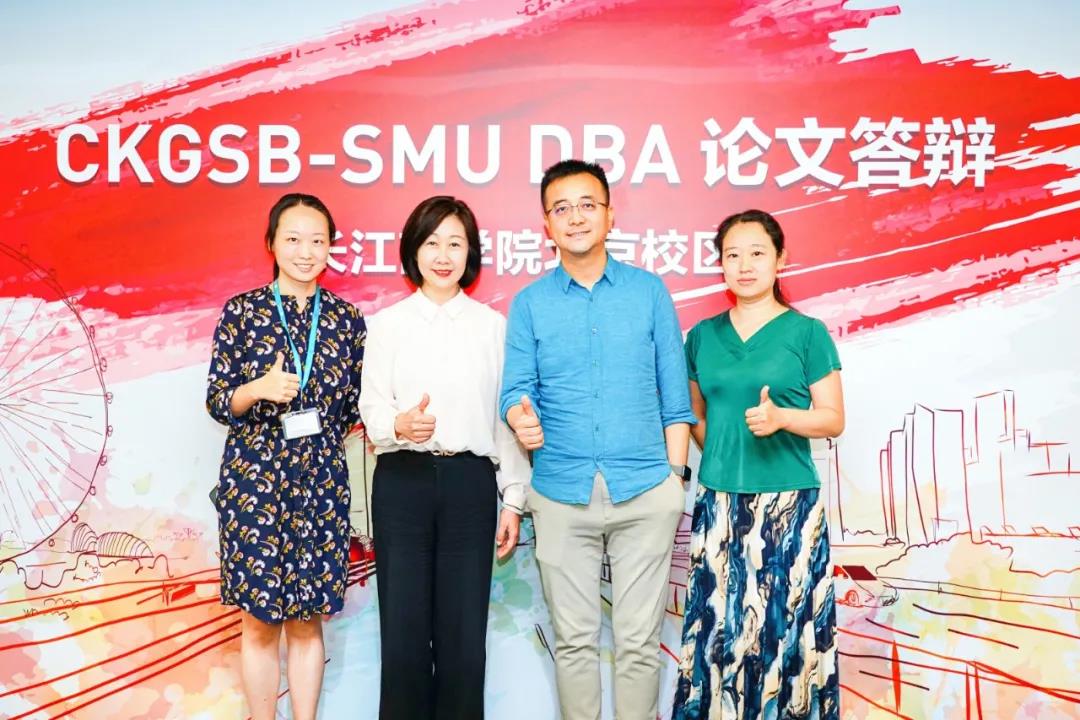
合影
有志者,事竟成。论文答辩的结束,并不代表求知脚步的停止。相信郑卫锋同学将带着在企业家学者项目的满满收获,未来继续迎接新商业文明的机遇与挑战,以“新商业文明思想者和引领者”的姿态,为行业和社会的发展提供无限动力!




